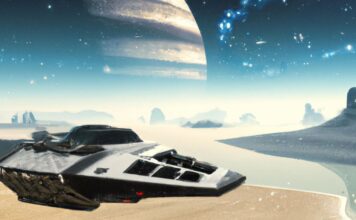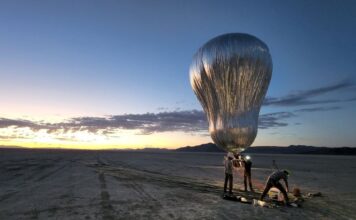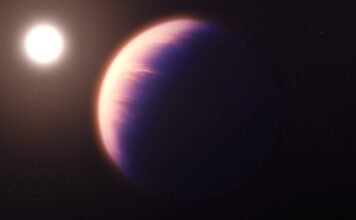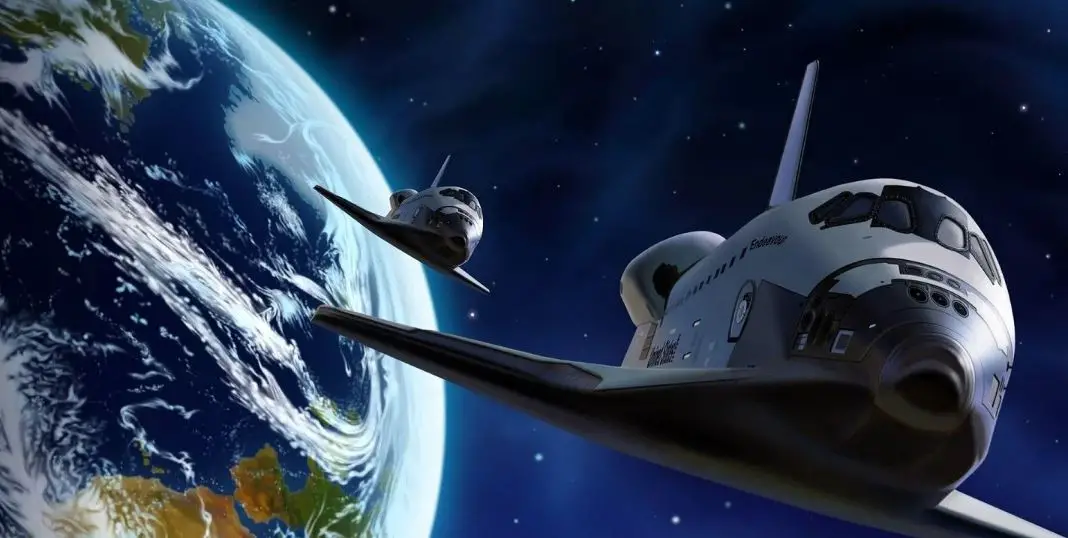The relationship between the moon impact theory and the history of the earth may be beyond our imagination. Earth’s magnetic field may be innate, not later.
The earth has a strong global magnetic field to protect the earth from the threat of solar wind and cosmic rays. The geomagnetism must have existed in the early days of the earth’s formation.
But the timing and the reason, it is very likely that it happened 4.5 billion years ago.
The impact of a Mars-sized protoplanet is likely to be related to the formation of the Earth’s magnetic field.
“The possible correlation between the two has not been noted in previous theories,” co-author David Hughes, a professor of applied mathematics at the University of Leeds, UK, stated in the Proceedings of the National Academy of Sciences (PNAS).
According to one of the origin hypotheses of the moon: the big collision theory, a large collision between planets, smashed material and formed the earth’s satellite.
For decades, scientists have learned from the study of isotopes, meteorites, and geology to understand the cause of the moon’s formation.
However, the hypothesis of the formation of the Earth’s magnetic field has not been further explored.
The formation of the earth’s magnetic field is like a dynamo, the liquid iron in the inner and outer core of the earth, plus the planet’s rotation speed.
According to the principle of electromagnetic induction, such conditions will form an induced current, which will generate a magnetic field around the earth.
But how the earth just happens to have the conditions to generate a magnetic field has always puzzled scientists.
The authors say that if the impact is to be considered, the following questions must be considered in the study of the big question of geomagnetic generation:
- What are the conditions for the formation of strongly magnetized protoplanets on planetary disks?
- What impact left a protoplanet with a strongly magnetized liquid core?
- Will the strong magnetization core be affected by the impact of the protoplanetary crustal mantle?
- Would a protoplanet’s spin slowed by an impact make a strongly magnetized core more stable?
- Will the impacted protoplanet affect the magnetic field when it is reconstructed?
The authors stress that there is currently too little information on the correlation between the impact that formed the moon and the formation of Earth’s magnetic field.
But considering the history of the Earth’s magnetic field, the impact of the Great Collision cannot be ignored.
For example, the rotation of the earth is closely related to the generation of the magnetic field.
Because of the Earth’s rotation and internal structure, the geodynamo is a naturally stable dynamic process, the researchers say, not like an electric utility power plant that can be turned on and off or reset.
And scientists have not yet clarified whether the geomagnetic generation mechanism is triggered by impact or whether the rotation of the earth in the early stage of formation created a powerful dynamo.
It has not been affected by the subsequent major collision and can continue to operate.
Fausto Cattaneo, an astrophysicist at the University of Chicago, said:
“Geomagnetism is a living fossil of Earth’s history, such as dynamo features that allow us to infer early Earth’s environmental development, including clues about how the Moon formed.”
Both before and after the impact. If more consideration is given to generator conditions, it may be one of the directions for studying the history of the earth’s magnetic field.




